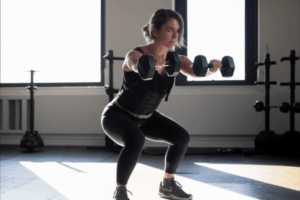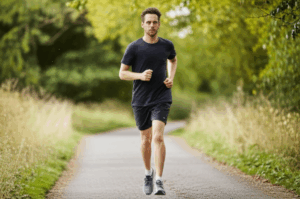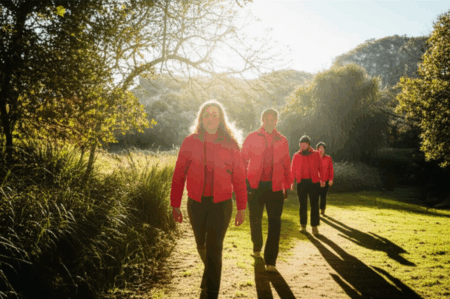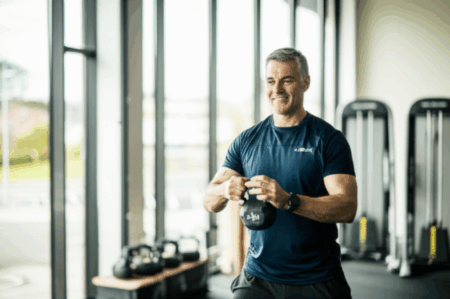For decades, many have championed cardiovascular exercise as the pinnacle of anti-aging fitness, diligently clocking miles on the treadmill or hours on the bike. However, for those over 50, a surprising truth is emerging: a focused 10-minute standing strength routine can deliver more profound anti-aging benefits than an hour of traditional cardio. It’s time to shift the focus from solely cardiovascular endurance to building and maintaining crucial muscle mass, bone density, and balance, which are foundational for a vibrant, independent life as we age.
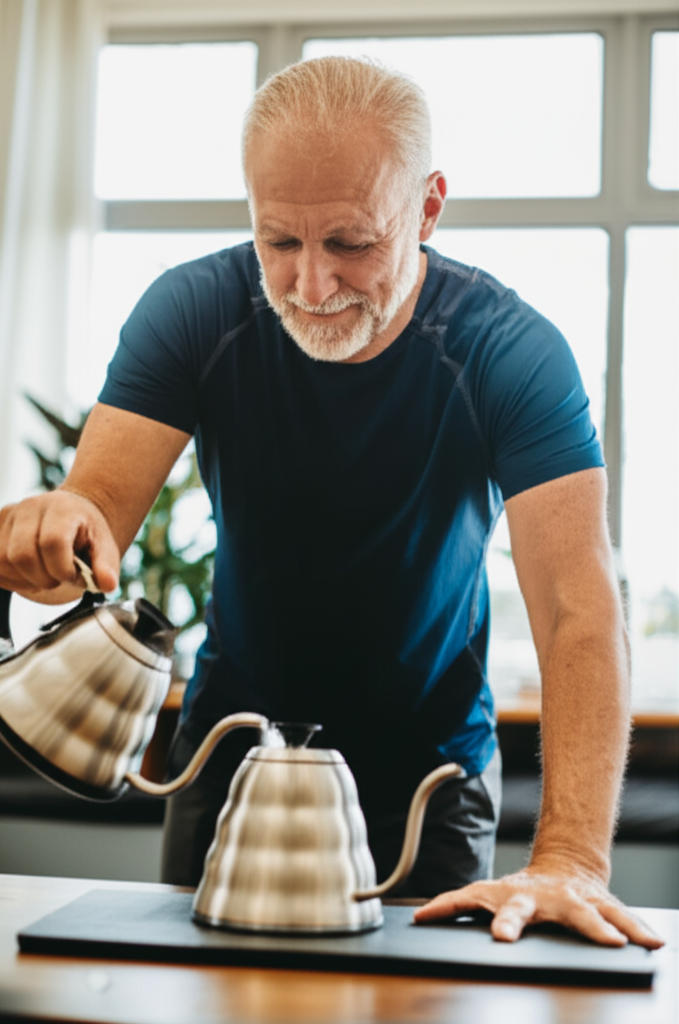
Why Strength Training Takes the Lead in Anti-Aging
As we celebrate our fifth decade and beyond, the body undergoes natural changes that impact vitality and independence. While cardio undoubtedly boosts heart health and stamina, it often falls short in addressing some of the most critical aspects of aging that strength training excels at.
Combating Sarcopenia: The Loss of Muscle Mass
One of the most significant challenges seniors face is sarcopenia, the age-related decline in muscle mass and strength. After age 30, muscle mass can decrease by 3% to 8% per decade, a rate that nearly doubles after 50. This loss doesn’t just affect physical appearance; it compromises overall functionality, mobility, and metabolic rate. Strength training is the most effective way to prevent and even reverse this muscle loss, helping to maintain lean muscle, which in turn keeps your metabolism humming and aids in fat reduction.
Fortifying Bones: Preventing Osteoporosis and Falls
Bone density naturally decreases with age, especially in women, increasing the risk of osteoporosis and debilitating fractures. Weight-bearing exercises, a cornerstone of strength training, stimulate bone growth and help maintain bone mineral density, offering a powerful defense against this common age-related condition. Moreover, by strengthening the muscles that support your joints and improve balance, strength training significantly reduces the risk of falls, a major concern for older adults.
Boosting Metabolism and Managing Weight
Cardio burns calories during the workout, but strength training builds muscle. Muscle is metabolically active tissue, meaning it burns more calories even at rest. By increasing muscle mass, strength training effectively “recharges” your metabolism, making it easier to manage weight and reduce body fat, which often accumulates with age.
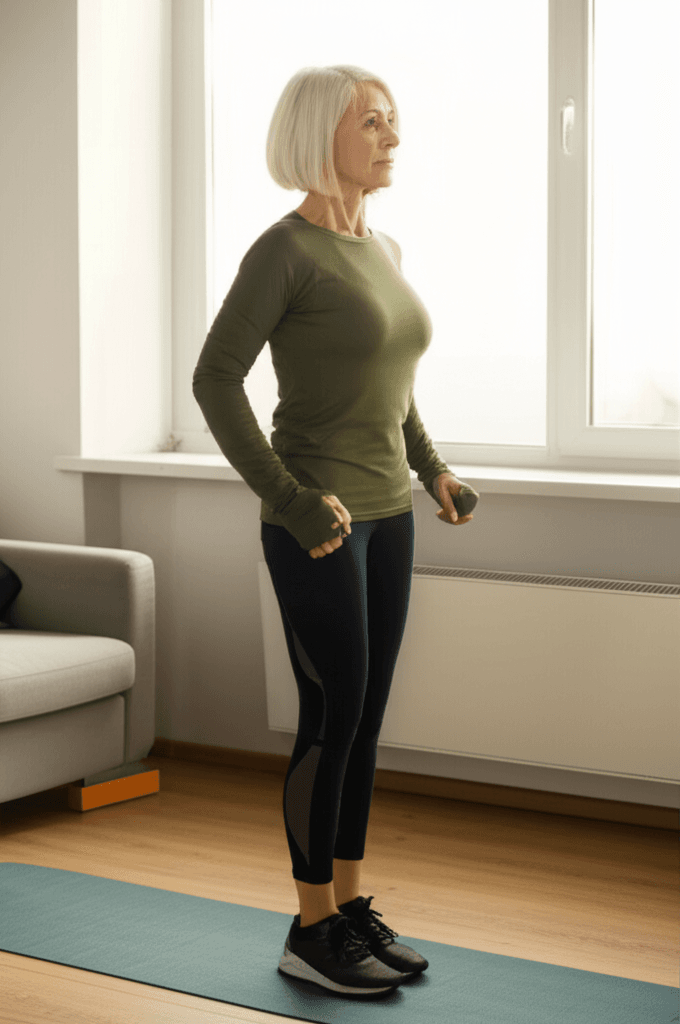
The Power of Standing Exercises: Accessible and Effective
Many think of strength training as involving heavy weights or complex gym equipment, but effective resistance exercise can be achieved with just your body weight, performed while standing. Standing exercises mimic real-life activities, enhance functional fitness, and are particularly beneficial for seniors because they require little to no equipment and can be done almost anywhere. These movements target key muscle groups, improve coordination, and increase range of motion, contributing to an active and independent lifestyle.
Theresa Rowe, a nationally certified fitness professional, emphasizes that strength training after 50 not only preserves physical attributes but also “strengthens the brain,” improving mental sharpness, focus, and resilience.
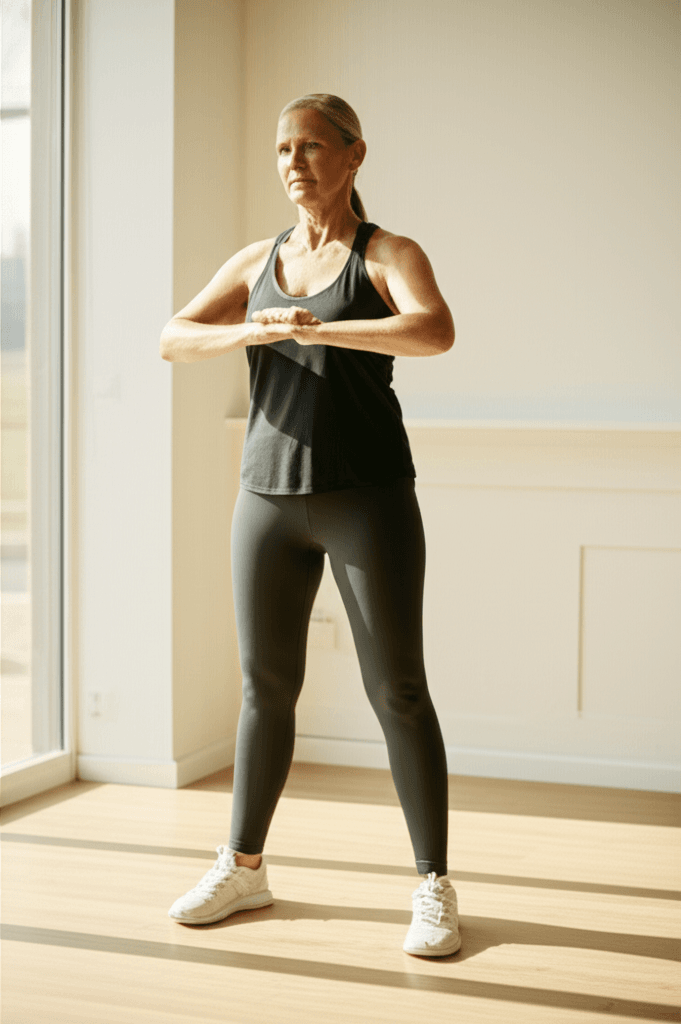
Your 10-Minute Anti-Aging Standing Routine
This invigorating 10-minute standing circuit session combines balance, stability, and strength into one powerful routine. Each exercise lasts approximately one minute, keeping your body moving and heart rate gently elevated, designed to boost circulation, strengthen key muscles, and improve coordination. Remember to perform each movement with control and maintain good posture.
Warm-up (1 minute): March in Place with Arm Swings
Stand tall and begin marching in place, lifting your knees towards your chest as high as comfortable. Coordinate this with gentle arm swings, reaching your arms overhead to promote circulation and engage the shoulders and core.
Exercise 1 (1 minute): Chair Squats (Sit-to-Stand)
Stand in front of a sturdy chair with feet hip-width apart. Slowly lower yourself as if to sit, pressing your hips back. Lightly tap the chair with your glutes (or sit fully if needed for support), then press through your heels to return to a standing position without using your hands if possible. This strengthens your glutes, quads, and hamstrings, crucial for daily activities like getting up from a sofa.
Exercise 2 (1 minute): Standing Hip Abductions
Stand tall, holding onto a wall or chair for support if necessary. Shift your weight slightly onto one leg. Gently raise the other leg out to the side, away from your midline, keeping your torso upright. Pause, then slowly lower it back down. Perform for 30 seconds on each side. This builds hip strength, which is essential for balance and stability.
Exercise 3 (1 minute): Wall Push-ups
Stand facing a wall, about arm’s length away, with your hands placed on the wall slightly wider than shoulder-width apart. Lean towards the wall, bending your elbows and keeping your body in a straight line from head to heels. Push back to the starting position. This is an excellent way to build upper body and core strength.
Exercise 4 (1 minute): Standing Calf Raises
Stand with your feet hip-width apart, holding onto a chair or wall for balance. Slowly rise up onto the balls of your feet, lifting your heels as high as possible. Hold for a moment, then slowly lower your heels back down. This targets your calf muscles and improves ankle stability, vital for balance.
Exercise 5 (1 minute): Torso Twists
Stand with feet shoulder-width apart, knees slightly bent. Hold your arms bent at your sides, or cross them over your chest. Gently twist your torso from side to side, keeping your hips relatively stable. Focus on engaging your abdominal muscles to initiate the twist. This improves spinal mobility and core stability.
Exercise 6 (1 minute): Single-Leg Balance
Stand tall, using a wall or chair for light support if needed. Slowly lift one foot off the ground, balancing on the other leg. Try to hold for 30 seconds, then switch legs. As you improve, challenge yourself by lifting your hands off the support or closing your eyes briefly. This is fundamental for improving balance and preventing falls.
Cool-down (1 minute): Gentle Hamstring and Calf Stretches
For hamstring stretch: Stand tall, place one heel slightly forward, toes up. Hinge at your hips, keeping your back straight, and reach towards your toes until you feel a gentle stretch in the back of your thigh. Hold for 30 seconds per side. For calf stretch: Face a wall, place hands on it. Step one foot back, keeping the heel down and knee straight, leaning into the stretch. Hold for 30 seconds per side.
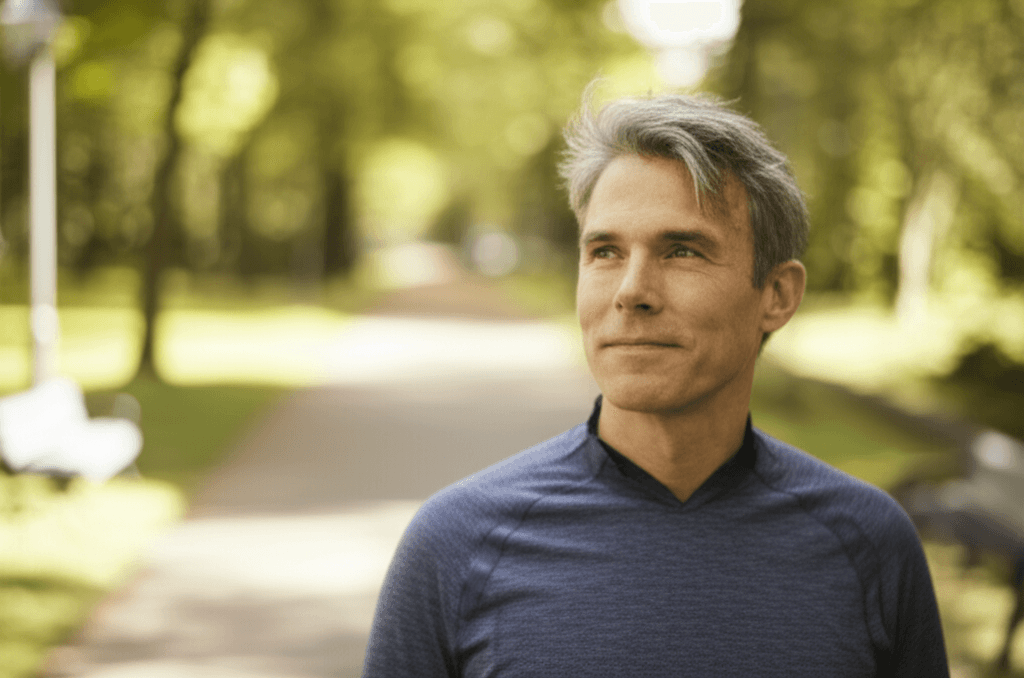
Beyond the Physical: Cognitive and Mood Benefits
The benefits of this routine extend far beyond physical strength. Regular physical activity, especially strength training, has been linked to improved mood, reduced symptoms of anxiety and depression, and enhanced cognitive function. It supports brain health by improving blood flow and reducing inflammation, potentially lowering the risk of dementia and keeping your mind sharp.
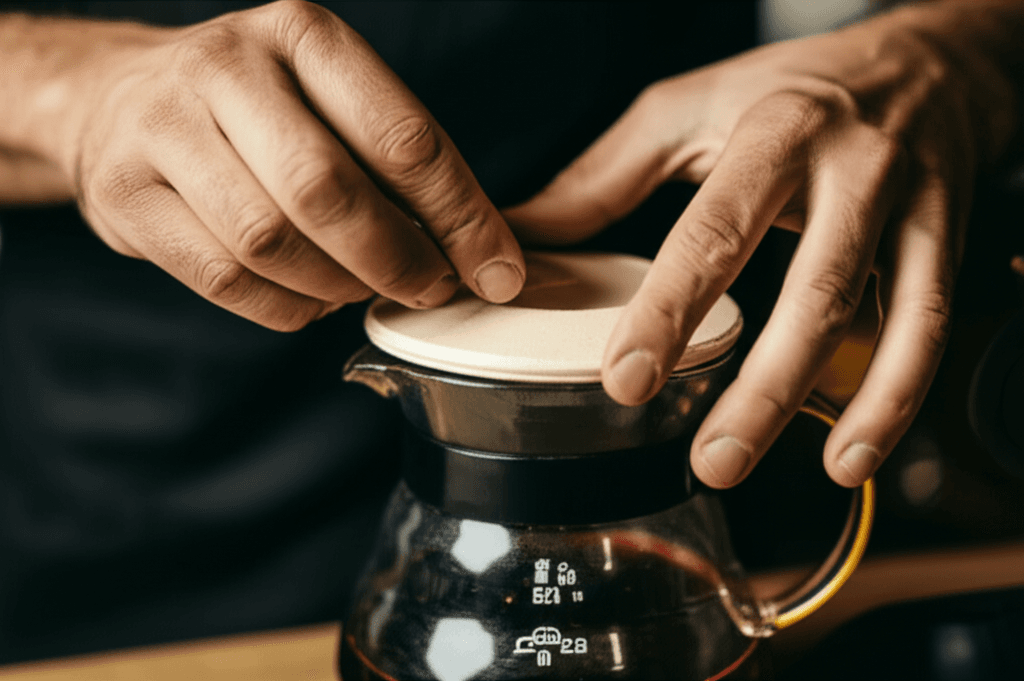
Making it a Habit: Consistency is Key
The beauty of this 10-minute routine lies in its accessibility and efficiency. Consistency is more important than intensity. Even short, steady sessions a few times a week can lead to meaningful gains in muscle, metabolism, and overall health. Make it a daily ritual, integrate it into your morning, or use it as an energy boost during the day.

Important Considerations
Before starting any new exercise regimen, especially if you have underlying health conditions, it is crucial to consult with your healthcare provider. They can provide personalized advice and ensure the routine is appropriate for your individual needs and abilities.
Embracing a targeted 10-minute standing strength routine after 50 can be a powerful strategy to reverse the effects of aging, fostering a stronger, more balanced, and more vibrant you.


